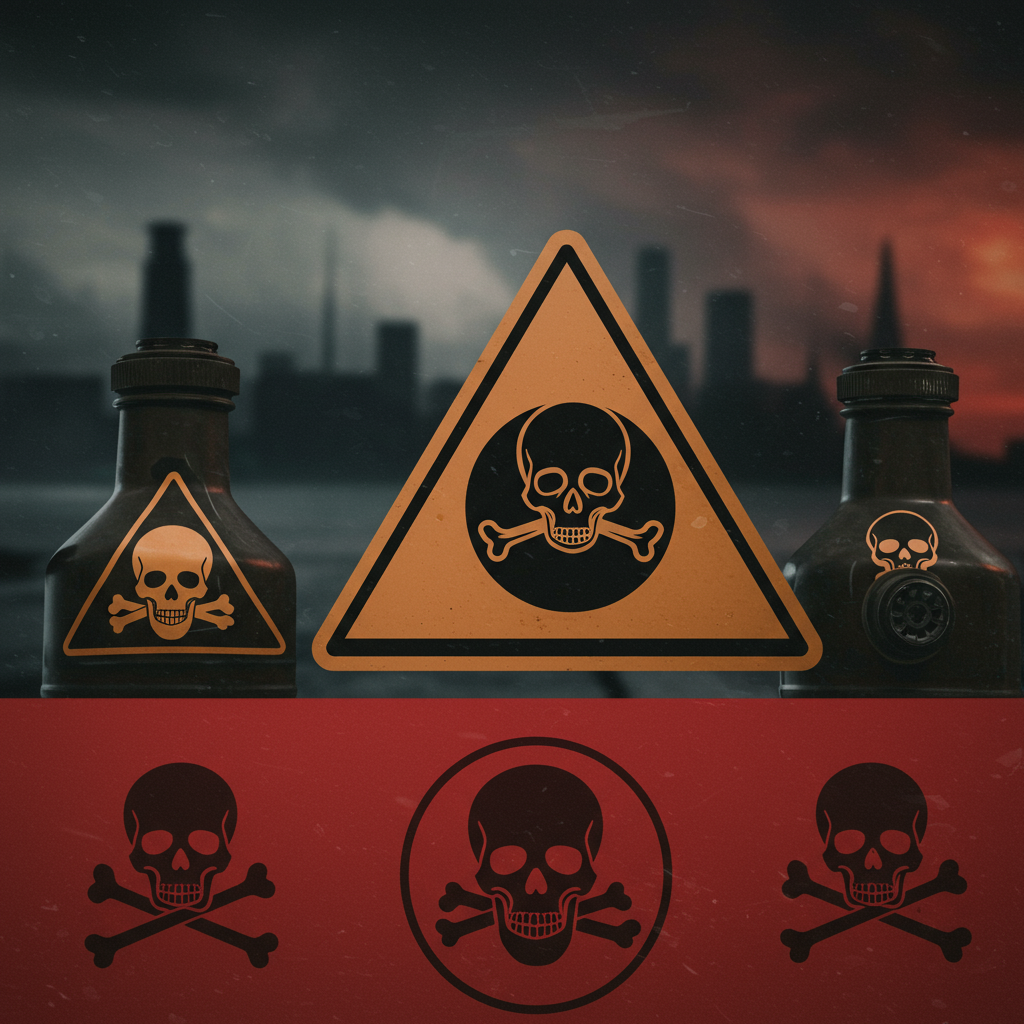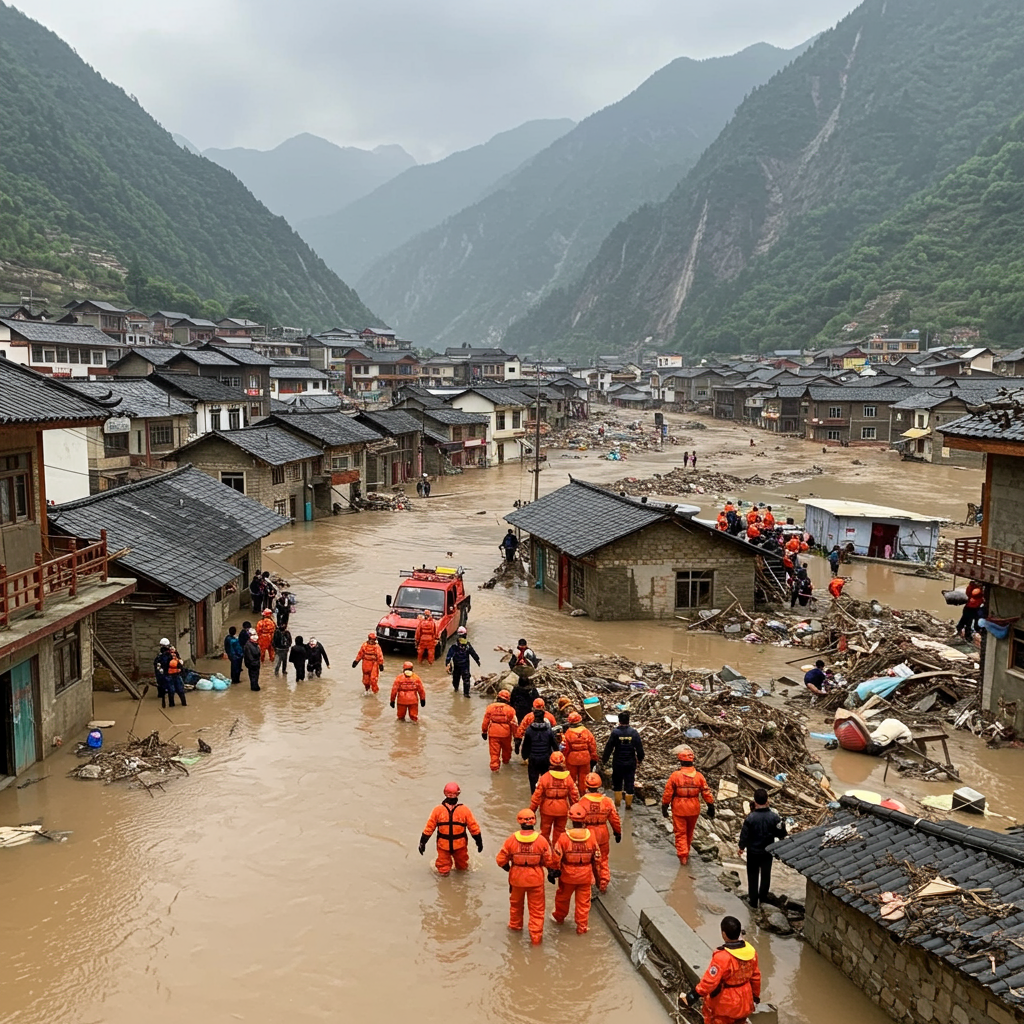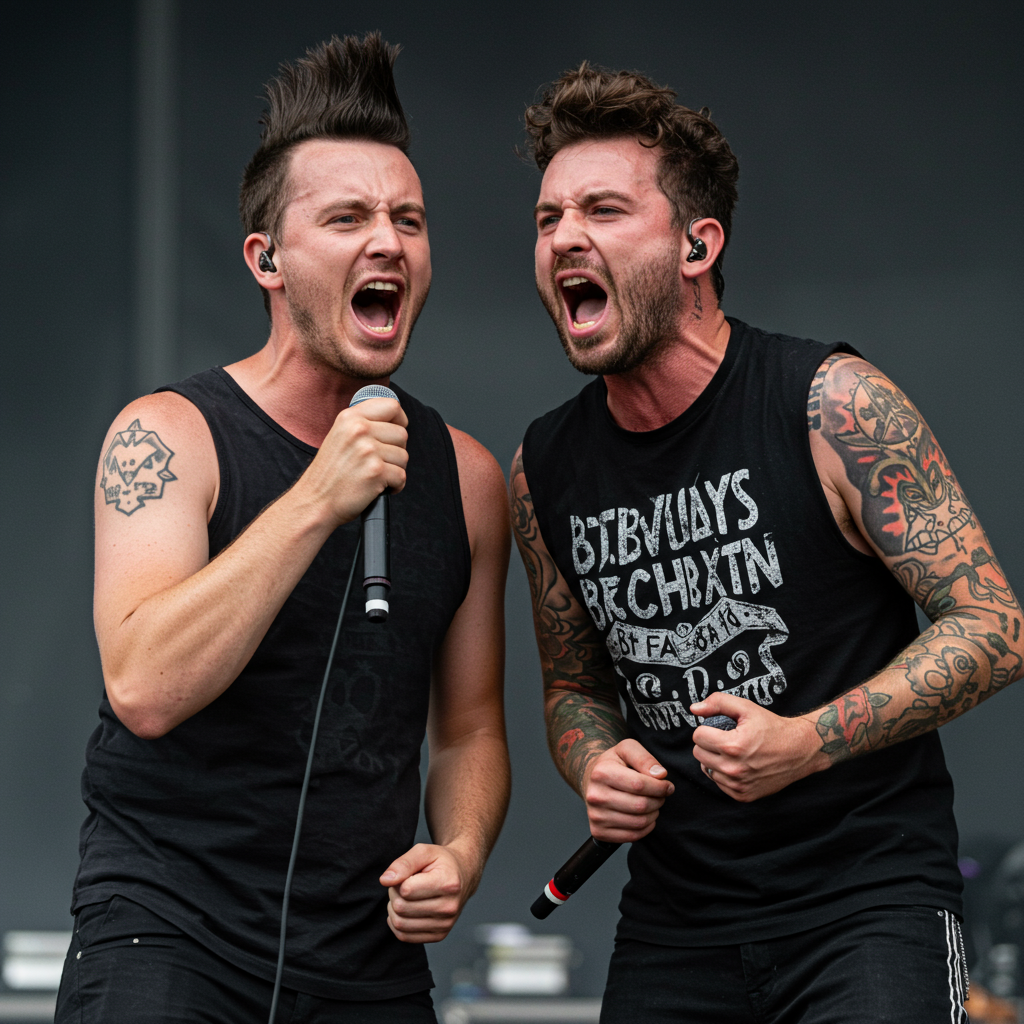European intelligence agencies are raising urgent alarms. They allege that Russia has significantly expanded its use of banned chemical weapons against Ukrainian forces. This represents a grave breach of international law governing warfare.
Dutch and German spy services stated their findings recently. They reported extensive proof Moscow’s troops are deploying prohibited agents. These include chloropicrin, a choking agent, and tear gas.
Russia has categorically denied using these outlawed substances. Ukraine also denies using chemical weapons in the conflict.
A russian foreign ministry spokesperson, Maria Zakharova, claimed Russian security services discovered a Ukrainian arms cache containing chloropicrin in eastern Ukraine.
Dutch Defence Minister Ruben Brekelmans spoke about Russia’s alleged actions. He described the use as “normalised and widespread.” He noted that chloropicrin is reportedly dropped by drones. The goal is to force soldiers from trenches. This then makes them vulnerable targets.
Minister Brekelmans called this use “horrible and unacceptable.” He advocated for stronger sanctions against Russia. He believes more must be done to deter this conduct.
Peter Reesink heads the Dutch Military Intelligence and Security Service (MIVD). He confirmed their conclusions came from the agency’s investigations. Reesink stated there were “thousands of instances” of alleged Russian chemical weapon use.
This is not merely isolated activity, he argued. Reesink called it “truly part of a large-scale programme.” He voiced concern that without exposing these acts, they are likely to persist.
Germany’s BND foreign intelligence agency supported the MIVD’s findings. The BND confirmed Russian military use of tear gas and chloropicrin in Ukraine. Chloropicrin can be deadly in high concentrations, especially in enclosed areas.
The German agency’s statement called the use of chloropicrin a serious violation. It breaches the Chemical Weapons Convention (CWC). The CWC prohibits using such “lung warfare agents” universally.
Dutch Defence Minister Brekelmans shared data linked to the intelligence reports with Reuters. He stated at least three Ukrainian deaths are connected to the alleged Russian chemical weapons use. Over 2,500 individuals have reportedly shown symptoms tied to exposure to these banned products.
Brekelmans suggested increasing international pressure on Moscow. This includes considering more sanctions. He specifically mentioned blocking Russia’s participation in international bodies. The Executive Council of the Organisation for the Prohibition of Chemical Weapons (OPCW) was cited.
International Response and Context
The OPCW, based in The Hague, oversees the Chemical Weapons Convention. It has 193 member states. The organisation stated last year that prior accusations by both Russia and Ukraine regarding banned weapon use were “insufficiently substantiated.”
A full OPCW investigation has not yet occurred. Such an investigation can only happen if requested by member states. The OPCW’s executive committee is scheduled to meet soon. The Ukraine conflict is expected to be discussed.
Ukraine itself alleges a much higher number of attacks. Kyiv claims Russia has conducted approximately 9,000 chemical weapons attacks. This is since the full-scale invasion began in 2022. The U.S. State Department also noted instances of chloropicrin use against Ukrainian troops in 2024.
Escalation on the Battlefield
Allegations of increased chemical weapon use surfaced amid intense fighting. Ukraine recently reported Russia launched its largest ever drone and missile attack. One Ukrainian air force official called it the war’s biggest such assault.
Moscow reportedly fired 539 drones and 11 missiles overnight. Attacks on Kyiv injured at least 23 people. They also damaged railway infrastructure and caused fires. Simultaneously, a Ukrainian drone attack hit Russia’s Rostov region. This killed at least one woman and forced dozens to evacuate.
Ukraine has also escalated its targeting of Russian military assets. Kyiv has launched long-range strikes on Russian airbases and defense production sites. Targets included fuel tanks at airbases like Engels and Dyagilevo. Ukraine has also hit plants producing explosives, gunpowder, and drone components resistant to electronic warfare. These efforts aim to disrupt Russia’s war machine and supply lines.
Russia’s response to these strikes includes massive aerial bombardments. In one recent week, Russia reportedly launched over 1,400 Shahed drones and dozens of cruise missiles. Kharkiv, near the border, faces continuous shelling and drone attacks. Kyiv has also been heavily targeted. Ukraine reports intercepting hundreds of incoming targets in single nights. Reports suggest Russia is increasing domestic drone production and potentially sourcing them from countries like North Korea.
Russian ground forces have also made some advances in the east. They recently reached the border of Ukraine’s Dnipropetrovsk region. This is a symbolic moment as the region had not seen Russian ground troops during the conflict. The Kremlin stated Russia intends to create a buffer zone there. This is a rationale similar to actions near Kharkiv.
Diplomatic Challenges and Shifting Support
The allegations and intensified fighting coincide with complex diplomatic developments. Prisoner exchanges continue between the two sides. The latest swap followed a June agreement in Istanbul.
Meanwhile, discussions continue at the highest levels regarding potential peace efforts. US President Donald Trump recently spoke with Russian President Vladimir Putin. Trump described the call as “very disappointing.” He stated no progress was made on ending the conflict. Putin reportedly reiterated he would only stop the invasion if its “root causes” were addressed.
President Trump also spoke with Ukrainian President Volodymyr Zelenskyy. Zelenskyy reported agreeing to work together to strengthen Ukraine’s air defenses. They discussed potential joint defense production, especially for drones.
These discussions occur as Ukraine faces uncertainty over Western military aid. The US recently announced it was halting some weapons deliveries promised under the previous administration. This includes missiles for Patriot air defence systems and Hellfire missiles. The decision is under review. This move has prompted warnings from Kyiv about weakened defenses. Other international partners, particularly in Europe, are stepping up aid pledges, creating a divergence in support approaches. Germany is reportedly considering purchasing Patriot systems to help Ukraine.
The intelligence allegations of expanded Russian chemical weapons use add a critical dimension to the ongoing conflict. They highlight potential violations of international norms and humanitarian law. This raises stakes for the international community’s response.
Frequently Asked Questions
What specific chemical agents are Russian forces allegedly using in Ukraine?
Dutch and German intelligence agencies allege Russia is using banned chemical products, specifically citing the choking agent chloropicrin and tear gas. The BND noted chloropicrin can be lethal in high concentrations. The ABC News summary also mentioned CS, a riot control agent, in this context. These substances are reportedly dropped by drones to target Ukrainian soldiers, often to force them out of defensive positions.
Why is the alleged use of these chemicals a violation of international law?
Using chemicals like chloropicrin and CS as weapons is prohibited under the Chemical Weapons Convention (CWC). Russia is a signatory to this treaty. The CWC bans the development, production, stockpiling, and use of chemical weapons and their precursors. The German BND explicitly stated that using chloropicrin in this manner is a more serious violation of the CWC, classifying it as a prohibited “lung warfare agent.”
What are the reported impacts and scale of this alleged chemical weapon use?
According to statements cited from Dutch officials, the alleged use has become “normalised and widespread.” Dutch intelligence reports thousands of instances, calling it part of a “large-scale programme.” Dutch Defence Minister Brekelmans stated at least three Ukrainian deaths are linked to these incidents, and over 2,500 people have reported related symptoms. Ukraine claims a much higher cumulative figure, alleging roughly 9,000 chemical attacks since February 2022.




